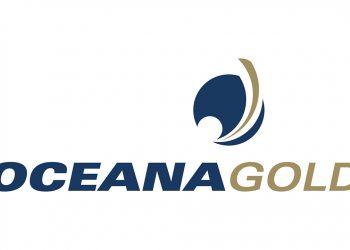Nickel mining industry group is seeing a possible increase in global demand for nickel due to the rise in demand of electric vehicles.
“The direction globally is really the EV (electric vehicle) industry and we have that global competitiveness because more than 50 percent of the component of the entire electric vehicle is really nickel. The batteries itself and the body need more nickel,” Philippine Nickel Industry Association (PNIA) Executive director Charmaine Capili was quoted in a Sunstar report.
Capili added that battery companies are currently trying to include more nickel mineral in batteries for EVs.
“At present, the composition of the battery that is being used is six nickel, two cobalt, and two magnesium. [By] Late 2018, they already tried to use eight nickel, one cobalt, and one magnesium because they said it has lower production cost and higher efficiency, but they still have to test the durability and further its efficiency,” she said.
European countries aiming to have zero-carbon emission by 2030 by shifting to EVs are also seeing a growing demand for nickel, Capili said.
She added that this is also being observed in the Philippines’ transportation system.
“A lot of LGUs right now are shifting into using electric-powered tricycle and electric-powered jeepneys,” Capili said.
The stainless steel used for the body of EVs also contains nickel.
Philippines is one of the largest producers of the mineral’s ore, including Indonesia. However, there are still factors preventing the country from competing globally.
One of these factors are the limitations of exploring other areas because of the moratorium mandated by Executive Order (EO) 79, Capili explained.
“May limitations po sa explorations, no new permits. Kung ano lang yung na approved [areas] for existing operations, doon lang (We are only allowed to mine on those areas approved for operations),” she said.
“We have 9 million hectares available in the Philippines for minerals that is copper, gold, nickel. But the Philippines right now is only maximizing only 2 percent out of the 9 million [hectares], and out of the 2 percent, only 1 to 1.5 percent is operating. There is a very big potential,” she cited.
Aside from the said limitations, the amount of resources is also a problem in the industry, the low grade of nickel, high cost of electricity to process the mineral, and the technologies of extracting ores or processing it.
Capili admitted that PNIA is working with the Department of Environment and Natural Resources (DENR) and the Department of Trade and Industry (DTI) in creating a Nickel Industry Roadmap to address these issues.
The creation of the roadmap also wants to create stable policies for the nickel mining industry, as well as other industries reliant on nickel.
“Hopefully, by the middle of this year, we can already share and launch the roadmap but we are still creating the composition of the Technical Working Group because we want to get inputs from the government, business sectors, European Chamber of Commerce in the Philippines, the Electric Vehicles Association of the Philippines, other nongovernmental organizations and academe,” she said.














